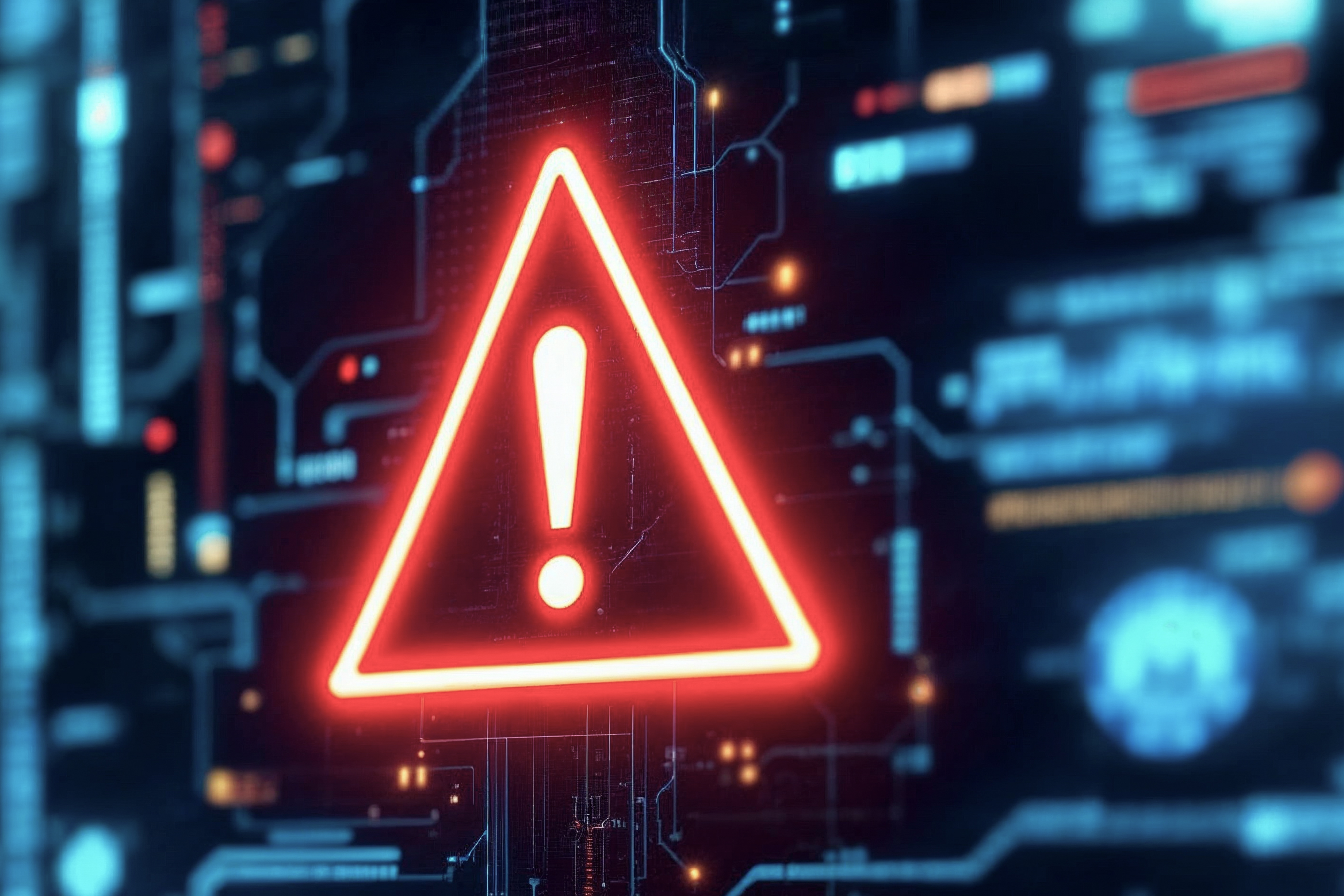Sekoia is a Business Reporter client
How artificial intelligence is rescuing overwhelmed security teams from alert fatigue – and why your organisation needs to pay attention.
In the windowless rooms of corporate security operations centres across Britain, a quiet revolution is taking place. Where analysts once drowned in thousands of daily alerts – 99 per cent of them false alarms – artificial intelligence is now stepping in to separate genuine threats from digital noise.
The numbers tell a stark story: the average security operations centre (SOC) processes over 10,000 alerts daily, yet fewer than 100 represent real threats. Meanwhile, the UK faces a cyber-security skills shortage of 2.9 million professionals, leaving existing teams stretched beyond breaking point.
When human expertise meets machine speed
“We were haemorrhaging talent,” admits one CISO at a Fortune 500 Group. “Brilliant analysts were leaving because they spent 80 per cent of their time chasing false positives rather than hunting real threats.”
His team’s transformation began 18 months ago with AI-driven SOC technology. Today, instead of manually sifting through thousands of alerts, his analysts receive just 10-15 high-priority cases daily – each one enriched with context, threat intelligence and recommended actions.
The change has been dramatic. Response times have dropped from hours to minutes, while job satisfaction scores have soared. “Our people are finally doing what they trained for. Strategic threat hunting, not digital paperwork.”
The SMB paradox: enterprise threats, startup budgets
The challenge isn’t limited to large corporations. Small and medium-sized businesses face the same sophisticated threats but lack the resources for dedicated security teams. Recent data shows 60 per cent of SMBs that suffer a cyber-attack go out of business within six months.
Enter the partnership model that’s reshaping the industry and democratising cyber-security. Managed security service providers (MSSPs) are now leveraging enterprise-grade AI-powered SOC platforms to offer Fortune 500-level protection to companies with fewer than 100 employees.
“With Sekoia’s AI-SOC platform, we’ve built a scalable and efficient model in France. We are now ready to replicate this success across Southern Europe to protect local businesses from all types of cyber-threats,” said Romain Queïnnec, Director Southern Europe at Orange Cyberdefense.
Beyond human versus machine: the collaboration model
Contrary to headlines about AI replacing jobs, the most successful implementations put humans firmly in control. AI agents handle routine tasks – isolating infected devices, gathering forensic evidence, updating tickets – while analysts focus on strategic decisions and complex investigations.
The technology learns continuously from human feedback. When analysts mark alerts as false positives or adjust detection rules, the AI adapts, becoming more accurate over time. It’s less robot takeover, more digital apprentice.
The business case: numbers that matter
Early adopters are seeing remarkable results:
- A 70 per cent reduction in false positive alerts
- 60 per cent faster incident response times
- A 40 per cent decrease in analyst burnout rates
- ROI typically achieved within 12 months
For CISOs facing budget pressures, these aren’t just operational improvements – they’re survival metrics in an increasingly hostile digital landscape.
Ready to transform your SOC operations? Download Sekoia.io’s comprehensive AI-Driven SOC whitepaper for practical implementation frameworks and real-world case studies.

Racing against time
The urgency is real. Cyber-criminals are already using AI to accelerate their attacks, creating more sophisticated phishing campaigns and automating vulnerability exploitation. Organisations that don’t modernise their defences risk being left behind.
“The question isn’t whether to adopt AI in your SOC,” warns a cybersecurity researcher in a major academic institution. “It’s whether you’ll do it before or after a major breach forces your hand.”
Looking forward: the 24/7 digital guardian
The vision emerging from industry leaders is compelling: SOCs that operate continuously without human exhaustion, scaling automatically during attacks and freeing security professionals to focus on strategic initiatives such as risk assessments and proactive threat hunting.
For organisations ready to explore this transformation, the first step is understanding how AI-native platforms can integrate with existing security infrastructure while maintaining the human oversight that remains crucial for complex threat analysis.
The cyber-security landscape is evolving rapidly. To learn more about implementing AI-driven SOC operations and access detailed implementation guidance, security leaders can download Sekoia.io’s comprehensive AI-Driven SOC whitepaper, which provides practical frameworks for modernising security operations while maintaining strategic human oversight.




